Any individual who has been injured as a result of another's negligent actions is eligible to claim for damages under the Personal Injuries Proceedings Act 2002.
But what are the procedural steps that must be taken when claiming for such an injury?
First things' first: notice of claim
In order to begin proceedings, the applicant must first give a notice of claim to the person/establishment they are seeking damages from. This typically states the time, date, location and the circumstances of the event which caused the injury. The notice of claim must either be given nine months after the day of the accident or one month after the claimant first consults a lawyer about the possibility of seeking damages.
Within six months of receiving a notice of claim, the respondent must make a conscious effort to resolve it. This involves giving the claimant notice stating whether they admit or deny liability and whether contributory negligence is admitted, and if so, what this percentage is.
If the notice of claim included an offer of settlement, the respondent must state whether they accept or reject the offer. Alternatively, if there was no offer included, the respondent must make a fair estimate of the damages that the claimant may be entitled to.
Secondly; the sharing of information
Once both parties have the notice of claim, the claimant must then provide all corresponding documents and information to the respondent. This includes reports relating to the incident, medical notes and information about the claimant's cognitive, vocational and functional capacity.
The respondent may also request information regarding the incident, the claimant's medical history, what treatment they have received and their claim for past and future economic loss.
A compulsory conference and a conclusion
Before starting a proceeding in a court based on a public liability claim, parties must take part in a compulsory conference. This is a common dispute resolution method that aims to identify and clarify issues between both claimant and respondent. In some cases, it's possible to use the compulsory conference to find a solution to a dispute without having to proceed to a hearing.
Here, the respondent may also wish to submit an expression of regret which lets the claimant know they are sorry for the injuries that arose. This is not an admission of liability or negligence.
If a solution cannot be found, the matter is then taken to court. Here, a judge will assess submissions and evidence to make a clear and fair assessment of damages.
As public liability cases are confusing, it pays to have a legal team on hand to help. Here at Gerard Malouf & Partners, we can work through the process to ensure your claim follows all procedures. Get in touch today to find out more.

